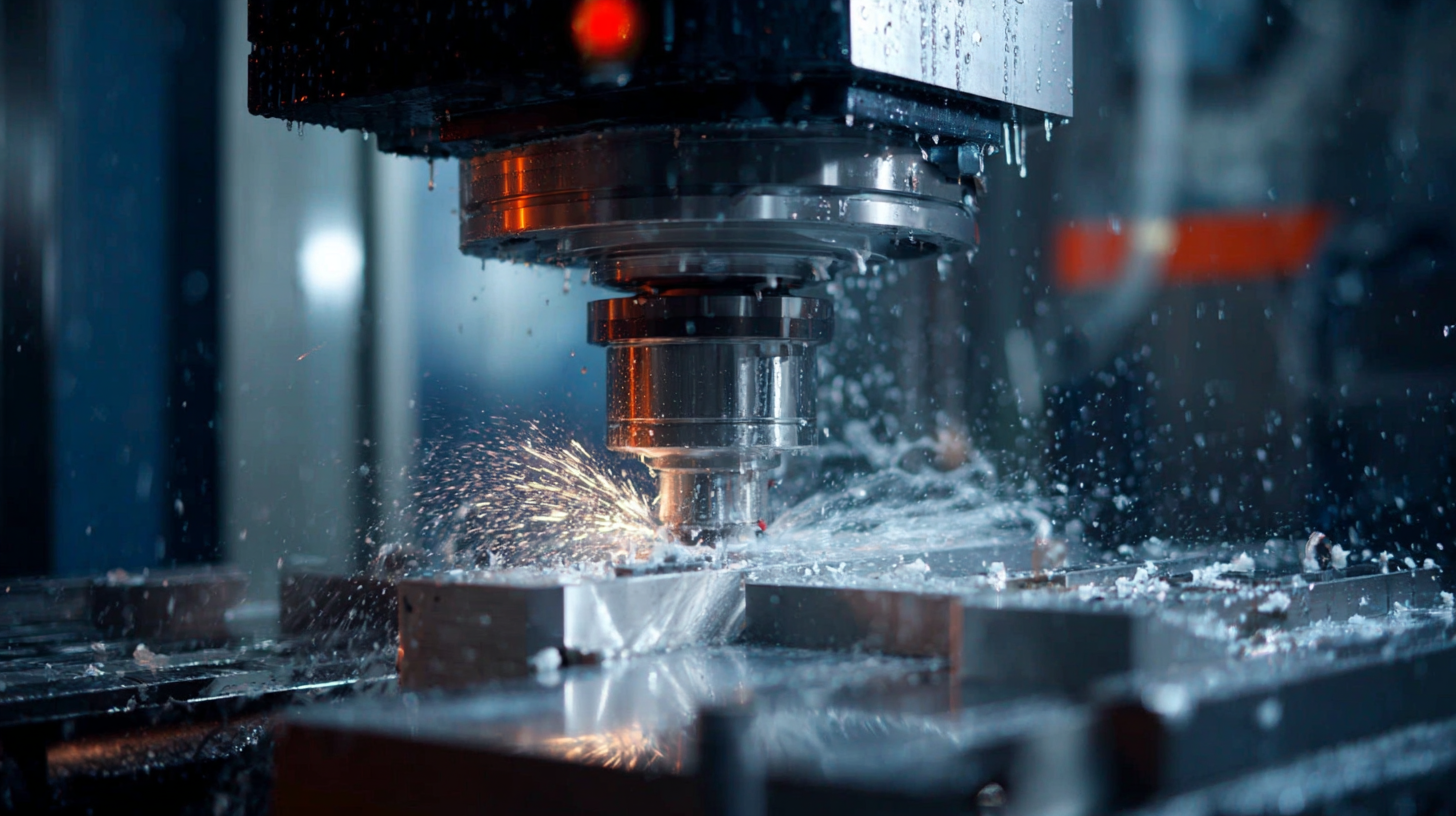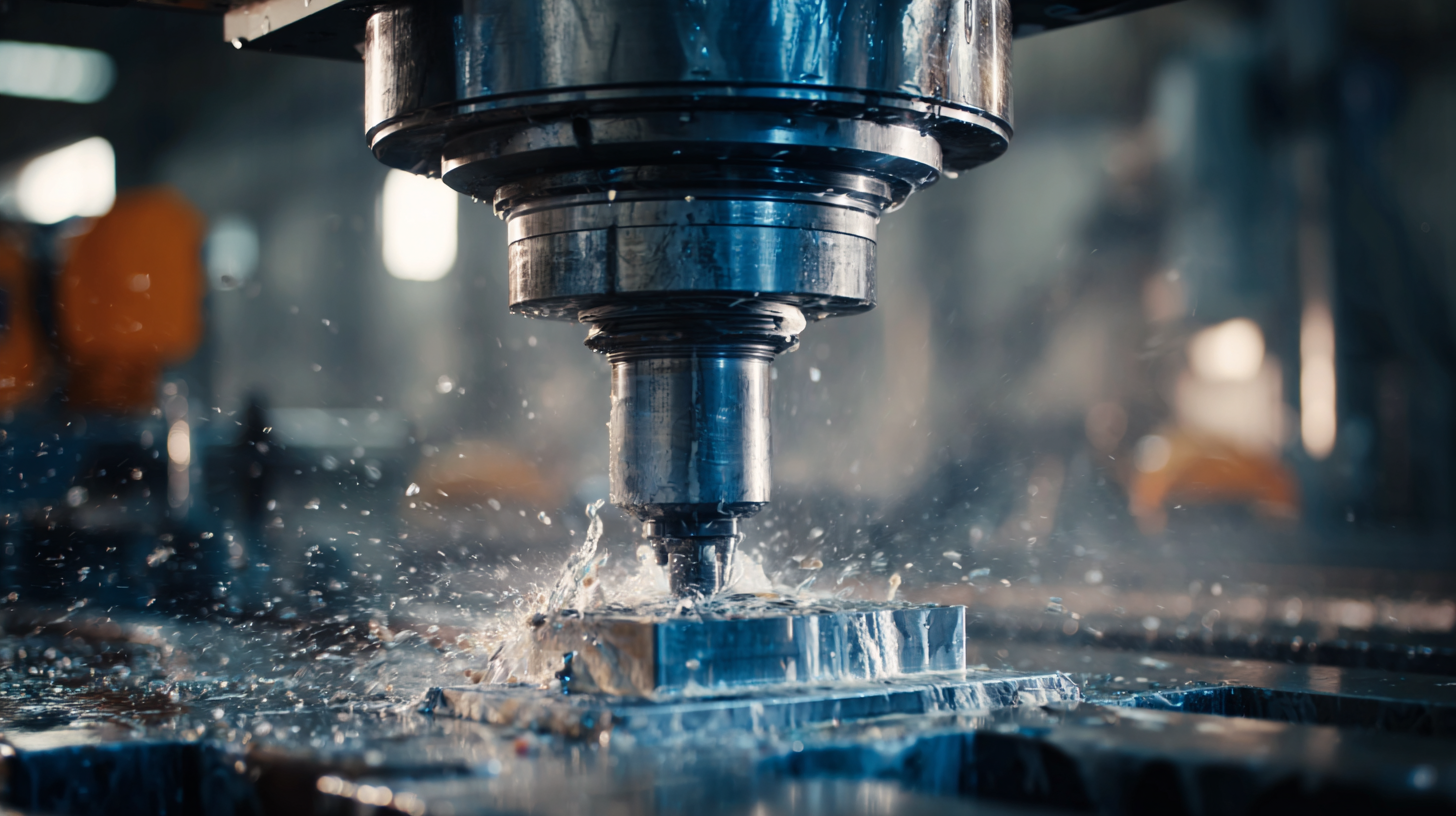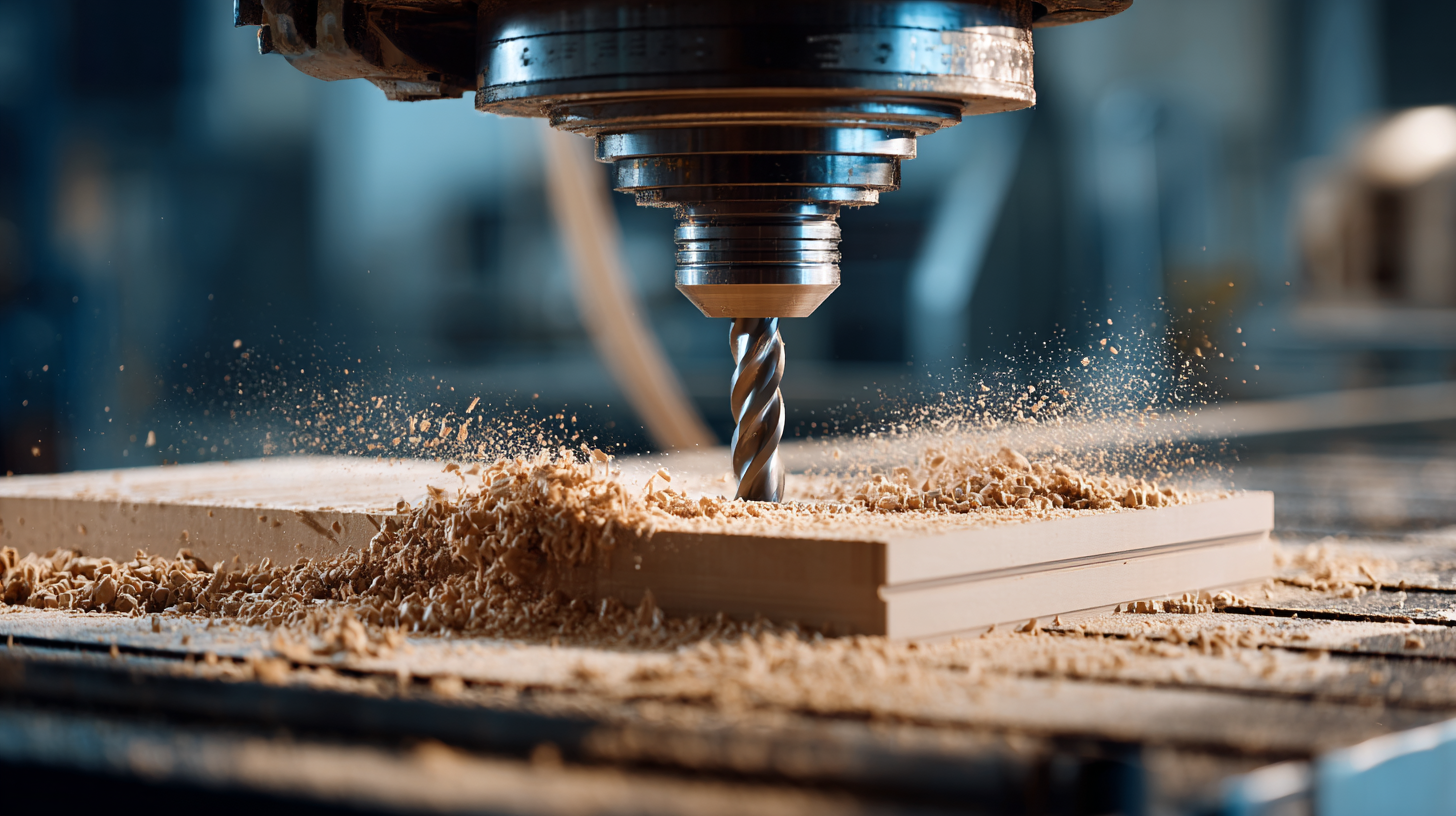Exploring the Future of Best Milling Machines in 2025 Industry Trends and Innovations
The milling machine industry is poised for significant advancements by 2025, driven by innovative technologies and evolving market demands. According to a recent report by Research and Markets, the global milling machine market is projected to reach USD 6 billion by 2025, growing at a CAGR of 6.5% from 2020. This trend reflects not only the increase in manufacturing activities but also the ongoing push for automation and precision engineering in various sectors. As manufacturers strive to enhance productivity and reduce operational costs, selecting a high-quality milling machine becomes crucial. This blog explores the key trends and innovations shaping the future of milling machines, emphasizing the importance of choosing reputable manufacturers equipped to meet the needs of a rapidly changing industry landscape.

The Evolution of Milling Machines: Key Innovations for 2025
The evolution of milling machines has been marked by a series of groundbreaking innovations that are reshaping the industry in 2025. One of the most significant advancements is the integration of smart technology, which allows for real-time monitoring and data analytics. This shift towards automation enables manufacturers to enhance precision and efficiency in their operations. With features such as predictive maintenance and remote diagnostics, milling machines are now equipped to minimize downtime and reduce operational costs, making them indispensable tools in modern manufacturing.

Another key innovation driving the evolution of milling machines is the development of advanced materials and design techniques. Lightweight composites and high-performance alloys are increasingly being used to create more robust and durable machines. Additionally, the advent of additive manufacturing techniques is enabling the production of complex components that optimize performance and reduce waste. As these technologies continue to develop, milling machines are expected to become more versatile, catering to a broader range of applications, from aerospace to medical device manufacturing. These trends highlight a significant shift towards efficiency and sustainability in the milling machine industry, setting the stage for exciting possibilities in the years to come.
Sustainability Trends in Milling Technology: Towards Eco-Friendly Solutions
As the milling industry heads towards 2025, sustainability has become a pivotal focus, with manufacturers increasingly prioritizing eco-friendly solutions. Reports indicate that the global green technology and sustainability market in manufacturing is expected to reach USD 1.6 trillion by 2025, reflecting a growing commitment to reducing environmental impact. Innovations such as energy-efficient machinery, biodegradable lubricants, and waste reduction systems are shaping the future of milling technology. The shift towards solar-powered milling machines and the use of recycled materials in equipment production exemplifies this trend.
Tip: When considering new milling machinery, look for models that come with energy-saving features and certifications that highlight the use of sustainable materials. This not only helps the environment but can also lead to significant cost savings in the long run.
Furthermore, companies are exploring smart technologies that enhance efficiency while minimizing waste. For example, IoT-enabled systems can optimize operations in real-time, leading to a reduction in energy consumption by up to 30%. This integration of smart technology with sustainable practices represents a dual benefit: improved productivity and a lower carbon footprint.
Tip: Regularly assess your milling operations for energy efficiency. Simple steps like optimizing feed rates and maintaining equipment can lead to improved sustainability in your production processes.
Smart Manufacturing: The Role of Automation in Milling Machine Advances
As we approach 2025, the milling machine industry is set to undergo significant transformations driven by smart manufacturing and automation. In a report by MarketsandMarkets, the global milling machine market is projected to reach $73.6 billion by 2025, reflecting a compound annual growth rate (CAGR) of 6.7% from 2020. This growth is heavily influenced by the integration of advanced automation technologies, which enhance efficiency and precision in manufacturing processes. Automated milling machines equipped with artificial intelligence (AI) and machine learning algorithms enable real-time adjustments, leading to reduced waste and increased output.
Furthermore, the adoption of Industry 4.0 principles is progressing rapidly, with a study from Statista indicating that more than 60% of manufacturers are expected to implement smart technologies in their operations by the end of 2025. These innovations allow for predictive maintenance, reducing downtime and operational costs significantly. By incorporating IoT devices, milling machines can communicate with other systems, providing a seamless workflow that optimizes production schedules and maximizes resource utilization. As automation continues to evolve, milling machines are not just tools; they are becoming integral components of smart factories, reshaping the future of the manufacturing landscape.
Cost-Effective Strategies for Adopting New Milling Technologies
As the milling industry evolves, adopting cost-effective strategies for new technologies is essential for businesses to remain competitive. According to a recent report by Grand View Research, the global milling machine market is projected to reach USD 6.5 billion by 2025, driven by advancements in automation and AI-integrated systems. These innovations not only enhance precision and efficiency but also significantly reduce operational costs over time.
One effective strategy for integrating new milling technologies is to implement a phased approach. Start by investing in a few key machines that offer the latest features, such as adaptive controls and predictive maintenance functions. A study from the International Journal of Advanced Manufacturing Technology highlighted that manufacturers who adopted incremental upgrades reported a 20% increase in productivity. This allows businesses to spread out costs while maximizing returns on investment.
Tips: Regularly assess your equipment's performance to identify bottlenecks. Investing in employee training around new technologies can also facilitate smoother transitions and enhance overall workplace efficiency. Finally, consider forming partnerships with tech providers to gain access to the latest innovations without the immediate capital outlay.
Future Trends in Milling Machines - Industry Insights for 2025
Future-Proofing Your Business: Investment Insights for Milling Machine Upgrades
As we approach 2025, the milling machine industry is poised for significant advancements that will profoundly impact businesses across various sectors. Companies must recognize the importance of future-proofing their operations through strategic investments in milling machine upgrades. These upgrades not only enhance machining capabilities but also contribute to improved efficiency and reduced operational costs in the long run. By analyzing emerging technologies such as automation, smart manufacturing, and Industry 4.0 integration, businesses can tailor their investments to align with future industry demands.
Moreover, understanding the evolving needs of customers and market trends is crucial for making informed decisions about milling machine enhancements. Investing in machines equipped with advanced features—such as precision control systems and energy-efficient designs—can provide a competitive edge. For manufacturers, the ability to adapt to changes swiftly will determine their ability to meet client expectations and stay relevant in the market. Therefore, it is essential to evaluate current equipment and identify opportunities for upgrades that will not only enhance productivity but also ensure longevity in the face of future challenges.

 English
English  Česká republika
Česká republika Deutsch
Deutsch Dutch
Dutch Polska
Polska

